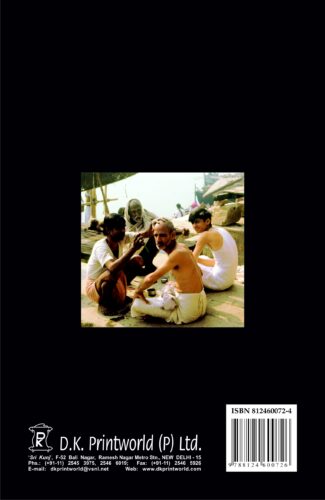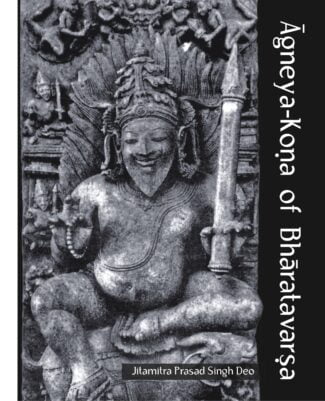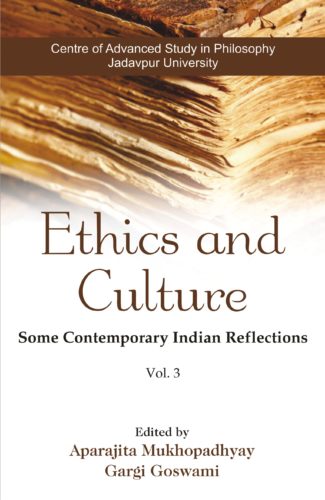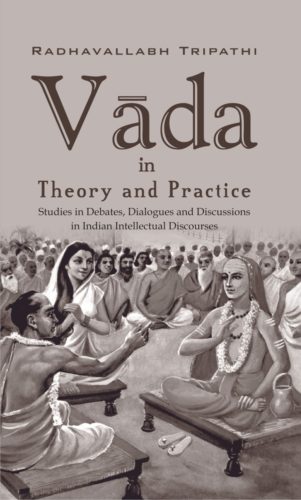

Mrtyu, Concept of De...
Mrtyu, Concept of Death in Indian Traditions (PB)
Transformation of the Body and Funeral Rites by: Gian Giuseppe FilippiProfessor Filippi explores the Indian view of mortal existence from an individuals conception to his/her journey to the Kingdom of Yama with rare scientific objectivity by unveiling a complex network of sentiments, beliefs, scriptural references, customs, etc.
Original price was: ₹700.00.₹630.00Current price is: ₹630.00.
ISBN: 9788124603321
Year Of Publication: 2005
Edition: 2nd
Pages : xiii, 271 [+8]
Bibliographic Details : 8 Colour Plates; Glossary; Bibliography; Index
Language : English
Binding : Paperback
Publisher: D.K. Printworld Pvt. Ltd.
Size: 23 cm.
Weight: 500
Yama, in Hindu mythology, is the eschatologist and god of death. And is, thus, dreaded. Even in todays India, there is a fearful hesitancy, if not conscious avoidance, of any talk about him. Yet, paradoxically, the phenomenon of death does not evoke a similar fear in the Indian psyche accepted, as it is, a natural event, a part of life: just like poverty, sickness and old age. Here is an insightful, at once compelling exposition of the phenomenon of death, based on plurimillennial tradition of the Hindus which, despite the affirmation of Western attitudes in certain elitist sections of the urban society, has endured since the times of the Vedas and Indic Civilization. Exploring, contextually, the age-old Indian view of mortal existence: from the very moment of an individuals conception to his/her journey to the Kingdom of Yama through the major phases of birth, growth and ageing, Professor Filippi unveils a complex network of sentiments, beliefs, scriptural references, customs, hopes, ritualistic practices and much else relevant to the great adventure of death. Notwithstanding the sentimental undertones of the mrtyu-theme, Dr. Filippis work outstands for its rare scientific objectivity. It has grown from years of his rigorous research effort involving not only his extensive studies of Indian literature: classical as well as modern, but also his interviews with Indian samnyasins, brahmanas, relatives of the dead, and the persons living around the cremation grounds. Together with visual material, bibliographic references, and a glossary of non-English terms, the book holds out as much appeal to the general reader as to the specialist.
Preface
Abbreviations
List of Illustrations
Introduction
1. The Human Being (manushya) and the Other Beings
2. The Nature of Individual Beings
3. The Three Evolutionary Components of Nature
4. Human Life from Conception to Birth
5. Human Life from Birth to Marriage
6. The Structure of the Human Being
7. The End of Bodily Life
8. Agony and its Rites
9. The Last Sacrifice: The Offering of the Body
10. Transformation of the Deceased into Ancestor
11. Funerals without Cremation
12. The New Conditions of the Living Soul
13. The Journey to the Kingdom of Yama
Glossary
Bibliography
Index
Plates











